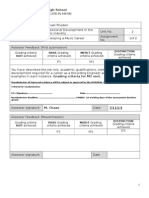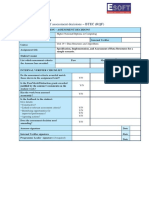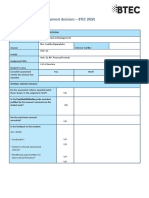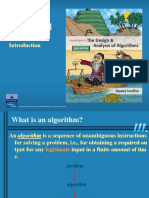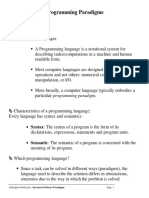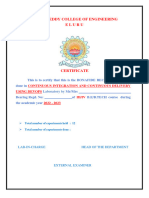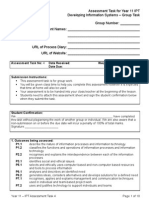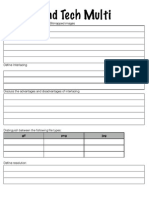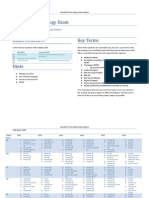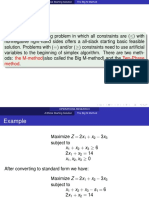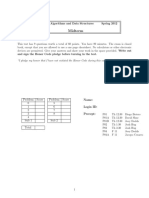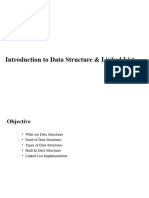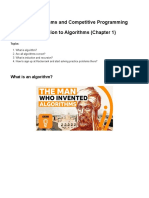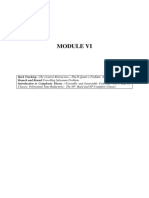83% found this document useful (6 votes)
13K views4 pagesDesk Checking Algorithms
The document describes the process of desk checking algorithms. Desk checking involves manually stepping through each line of an algorithm and documenting how variables change. An example algorithm is given that checks if a mark is greater than or equal to 50 to determine a grade. The steps of desk checking are outlined as listing variables, creating a table to track them, and then manually stepping through each line while recording variable values.
Uploaded by
Kelly BauerCopyright
© Attribution Non-Commercial (BY-NC)
We take content rights seriously. If you suspect this is your content, claim it here.
Available Formats
Download as PDF, TXT or read online on Scribd
83% found this document useful (6 votes)
13K views4 pagesDesk Checking Algorithms
The document describes the process of desk checking algorithms. Desk checking involves manually stepping through each line of an algorithm and documenting how variables change. An example algorithm is given that checks if a mark is greater than or equal to 50 to determine a grade. The steps of desk checking are outlined as listing variables, creating a table to track them, and then manually stepping through each line while recording variable values.
Uploaded by
Kelly BauerCopyright
© Attribution Non-Commercial (BY-NC)
We take content rights seriously. If you suspect this is your content, claim it here.
Available Formats
Download as PDF, TXT or read online on Scribd
/ 4
